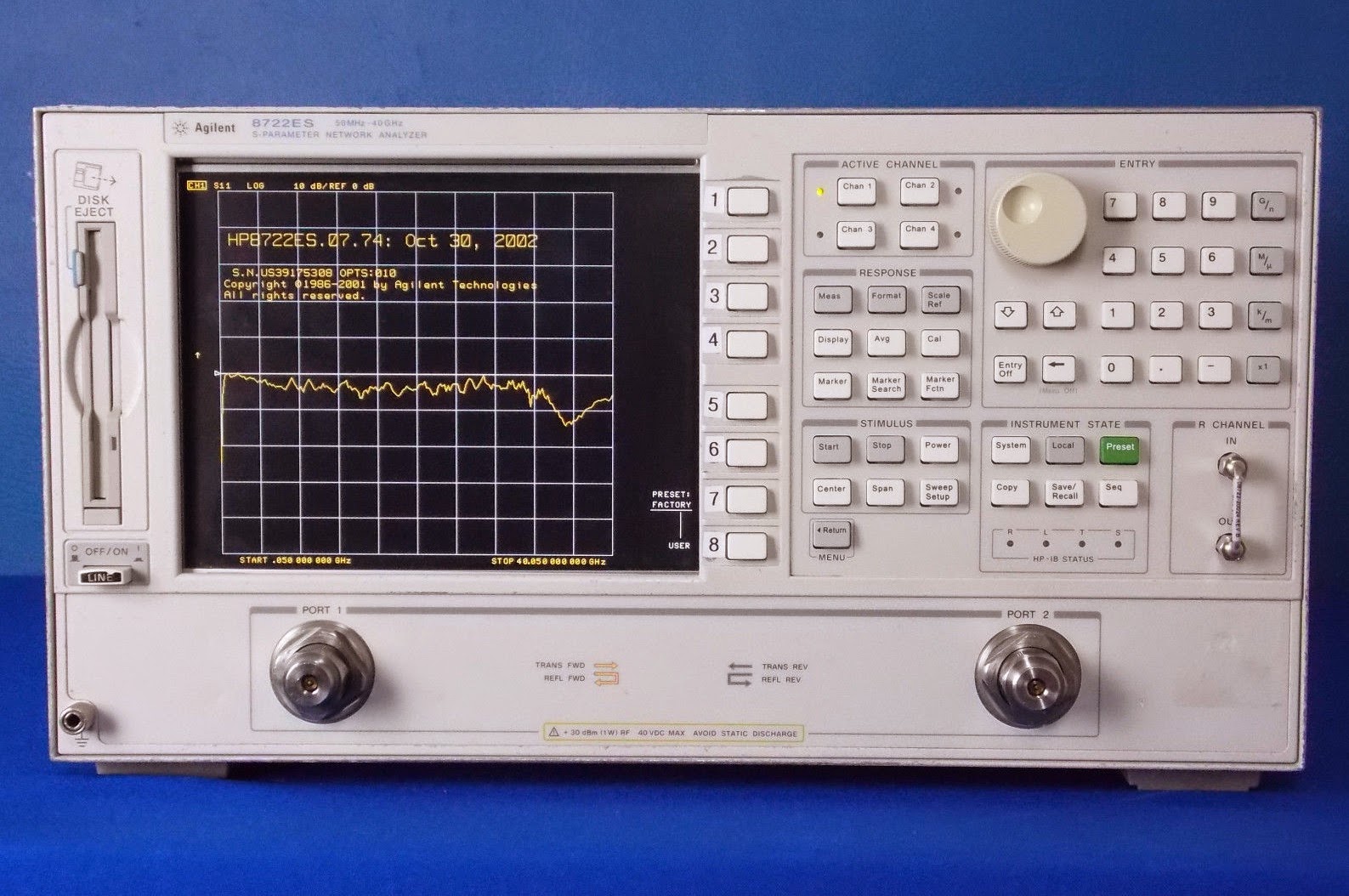Millimeter Waves Cheat Einstein's Limits
By Jeff Eliot published in U.S. Tech
Upton, NY — It's not one of those much sought-after theoretical "wormholes" but scientists at Brookhaven National Laboratories have found a way of exceeding the speed of light, sort of. It's done by "cheating".
Millimeter waves (30-300 GHz), a sub-set of the microwave band, are utilized to deliver pencil-beam thin, high bandwidth, wireless communications at speeds that rival fiber optics without the associated latency issues. For applications where every nanosecond counts, this can be critical.
Millimeter wave technology is also being applied to the next generation of radar systems, buoyed by quantum leaps in digital processing bandwidth and processing speed.
Whether breadboards, sub-assemblies, pre-production modules, or even through to sole source full production, doing so can significantly speed development and lower costs.
This approach is already being employed in high profile projects for the Department of Homeland Security in its current development of advanced phased array radar systems for detection of suicide bombers at stand-off distances and for one of two particle accelerators in the world to transmit course correction high speed signals ahead of the speed of light.
Faster than Light
At Brookhaven National Laboratory on Long Island, New York, millimeter waves are being used to deliver critical course correction information to sub-atomic particle beams travelling at 99.995 percent of the speed of light in its Relativistic Heavy Ion Collider (RHIC).
The RHIC is one of two operational particle accelerators in the world. The other, the Large Hadron Collider (LHC) located near Geneva, Switzerland, is the largest ever built and made international news with the announcement of the discovery of the elusive Higgs boson on July 4, 2012. The RHIC uses electromagnetic fields to circulate heavy ions in two well-defined beams travelling in opposite directions in independent beam pipes designed to intersect at four different locations.
The positively charged particles, travelling at a fraction below the speed of light, then collide with each other and the results are recorded. Analysis of the byproducts of these collisions is critical to understanding quarks, the particles that make up the neutrons and protons inside the atomic nucleus, and the forces that hold the nucleus together.
The RHIC operates continuously 6 months of each year, detecting and recording approximately 50,000 collisions per second.
To keep the beams focused in the RHIC, Brookhaven National Laboratory utilizes a process known as stochastic cooling to keep the approximately 100 billion particles tightly bunched together, increasing the likelihood and intensity of collisions. The technique is estimated to increase the rate of collisions by 3 to 5 times.
Sensing Beam Errors
For this to work, sophisticated electronics sense beam errors and a signal with critical correction information is sent using wireless carrier waves to a point ahead of the beam where more electronics deliver a correction "kicker."
"The point of stochastic cooling is to significantly increase the productivity of the collider," says Michael Brennan, a Senior Physicist at Brookhaven National Laboratory charged with electrical engineering associated with construction of the collider.
So, how can carrier waves — in this case millimeter waves — travelling the speed of light, catch up to a beam also moving at the fastest known speed in the universe?
"By cheating", says Brennan.
Like an Olympic marathoner that takes shortcuts to shave off a few miles and finish with a faster time, millimeter waves are used to "cut the course" and intersect the travelling atoms. Because the microwaves travel at the speed of light and the link cuts a chord of 1/6 of the collider's circumference, the feedback signals arrive in time for beam correction.
According to Brennan, stochastic cooling had never been implemented before on an ion collider, including the LHC.
"We weren't able to build from existing designs or established principles," explains Brennan. "This project required several years of R&D experimentation to prove the concept was viable before we actually created an operational system."
New Technologies Investigated
In early 2006, Brennan began investigating technologies that could deliver point-to-point communications between the beam sensors and the kickers. Believing in the potential of microwave band transmission, he searched the Internet and followed up with on-site visits to find an industrial partner with the background and product development experience to collaborate on the project.
His search eventually led him to Renaissance Electronics and Communications and its subsidiary HXI. Since 1991, REC/HXI has provided RF, microwave and millimeter wave components, sub-assemblies, integrated assemblies, and sub-systems for military and commercial applications.
The millimeter wave link that Renaissance Electronics created for the project was unique, even for them.
Most of the company's products are designed to meet the needs of the digital age. However, in this case, standard signal processing techniques would consume precious nanoseconds and slow the arrival of the signal to an unviable level. As a result, the communications link had to deliver analog information.
Converting Existing Link
Renaissance Electronics' engineers were able to convert an existing digital communications link product to analog, at 5 to 9GHz, along with other required hardware modifications. The result was a completely customized system in the 70GHz light-licensed millimeter wave band that met the needs of the RHIC, delivered in a matter of months.
The initial tests of the analog link during operation indicated that it more than doubled the luminosity of heavy ion collisions. "It worked flawlessly," says Brennan, adding that the planned future upgrade of the LHC may include stochastic cooling assisted by millimeter wave wireless.
In opting for a millimeter wave solution, Brennan estimates that Brookhaven National Laboratory saved a significant amount of money over the other alternative — lasers. Due to attenuation caused by atmospheric conditions, a laser-based system would require building a tunnel and sending the laser through an evacuated vacuum tube at great cost.
"The millimeter wave link was very cost-effective despite being a custom product," says Brennan. "It was a huge savings, because any other solution would have cost a million dollars more."


.jpg)


